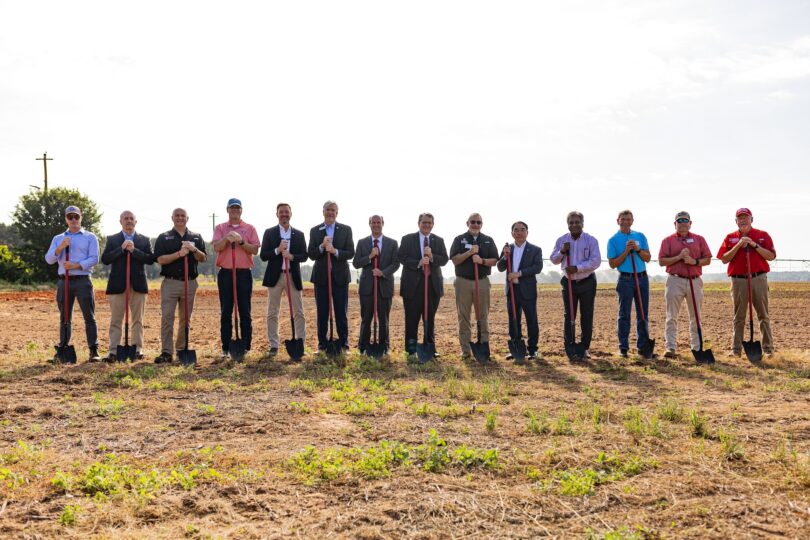Georgia's unpredictable winters and late freezes can prove deadly to blueberries and the more than 200 Georgia farmers who depend on them.
Blueberry plants flower in late February to March. That's usually past south Georgia's freeze-danger point, said Scott NeSmith, a University of Georgia horticulturist.
"But in one out of every eight or 10 years, there will be a late freeze that causes significant damage," NeSmith said.
"Blueberries are like peaches," he said. "You can't cry and do it over. If they don't bear fruit, you just end up with a pretty green plant and zero income until next year."
After a late freeze last winter, though, NeSmith and UGA extension scientist Gerard Krewer showed growers something that can let them rest a little easier this year.
They told growers to use a growth regulator called gibberellic acid on their freeze-damaged blueberry flowers. As a result, nearly 4 million pounds of blueberries survived the late freeze.
G.A. is a natural plant hormone first used in the early '60s to improve fruit set.
"The drawback to G.A. is that it's inconsistent," NeSmith said. "It had basically been sitting on the shelf for 30 years because everyone viewed it as unreliable."
In the early '90s, NeSmith and Krewer developed a spray program for applying G.A. to blueberries with consistent results. By 1995, their efforts had helped Georgia blueberry production grow from 3.5 million pounds per year to 13 million pounds.
In 1993, farmers reported they'd saved fruit from a late frost after applying G.A. In the past, blueberry growers had little hope of saving their crops after a late freeze.
Based on the growers' reports, NeSmith and Krewer began testing the benefits of using G.A. on freeze-damaged flowers. Using growth chambers, they subjected plants to low temperatures during flowering periods. Then they applied G.A.
"We needed to find out the lowest temperature limit at which G.A. will work," NeSmith said.
They found out G.A. works when applied after freezes from 25 to 31 degrees.
"Natural pollination declines at these temperatures," NeSmith said. "But G.A. can take over and set fruit from freeze-damaged flowers. But below 24 degrees, we know that not even G.A. would help."
Before studies were complete, the 1996 late freeze hit. NeSmith and Krewer were forced to make a decision.
"Before we knew everything we wanted to, we had to tell people to use it," NeSmith said. "We had to take the chance. We just decided whatever we get, we get. It had to be better than losing the entire crop."
It was. Most south Georgia blueberry growers credit NeSmith, Krewer and gibberellic acid for saving 3.5 million to 4 million pounds of berries with a value of $5 million.






